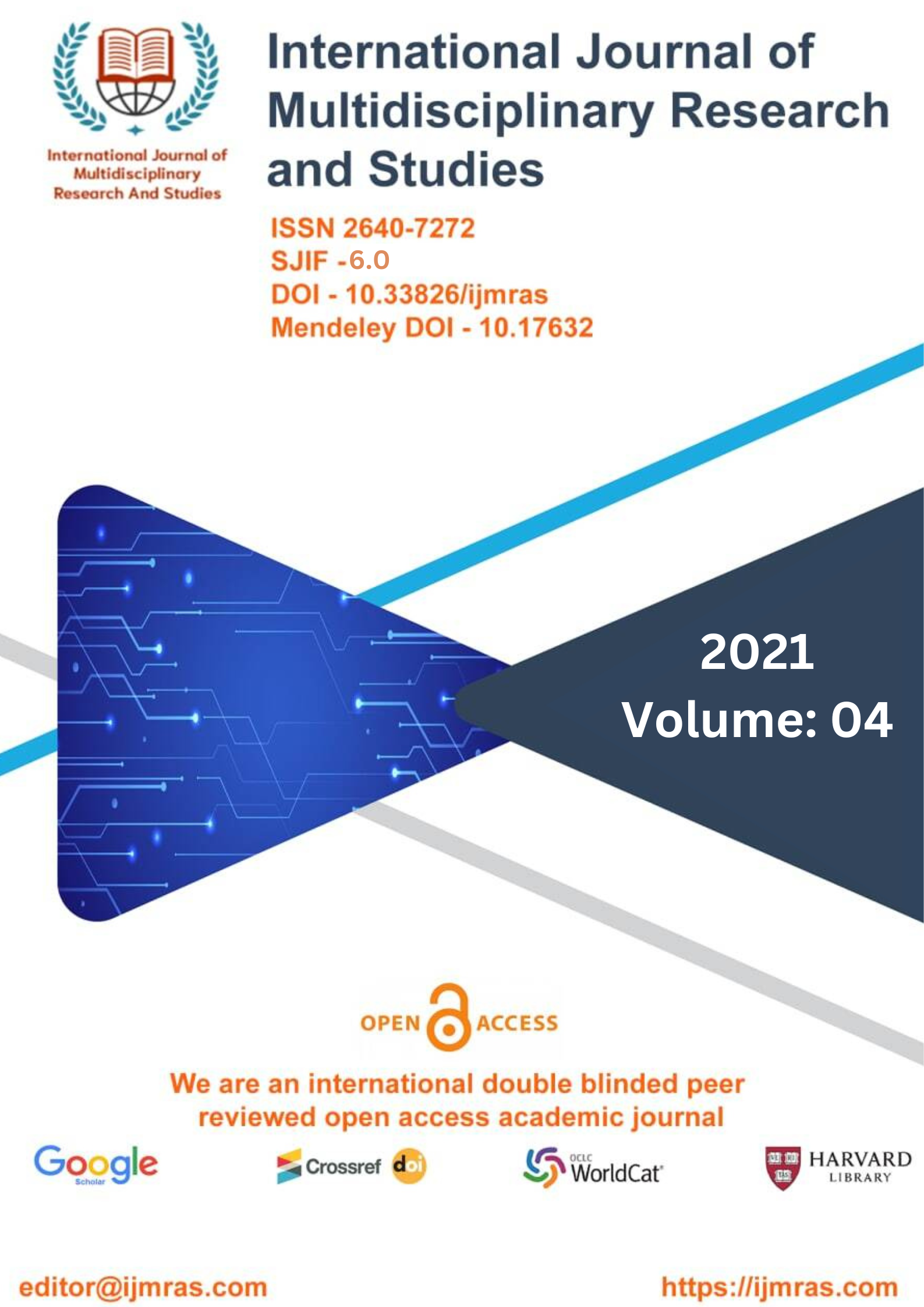THE EFFECT OF CLASS SIZE AND OVER ON THE ACADEMIC PERFORMANCE OF SECONDARY SCHOOL STUDENT

Abstract
Similar to how the size of the class has dramatically increased, a balloon filled with air expands and finally explodes. Class size is a persistent problem in education, and it is rising in many districts. With a very visible 36, what was previously a typical classroom at age 29 is now overcrowded. Large classrooms may have a detrimental impact on students' academic performance, according to researchers and educators. This is made up of a decline in the academic performance of students in bigger classrooms and an improvement in the academic performance of students in smaller classes. The argument is that larger classrooms provide teachers less one-on-one time with each student, which results in less instruction time and poorer test scores. Additionally, it is implied that because there are more pupils in a larger class, disciplinary issues increase. Contrarily, in a smaller class, pupils are given more instructional time and are better able to concentrate on the material being taught rather than discipline or other problems going on in the room. According to research, student success is increased by reduced class sizes. Therefore, it is crucial to look at class size and how it influences learning.
Keywords
smaller classes, academic performance, larger classroomsHow to Cite
References
Alden, S. 2005. Research design. New York: Longman.
Ballard, K. and Bates, A. 2008. Making a Connection between Student Achievement, Teacher Accountability, and Quality Classroom Instruction. The Qualitative Report, 13(4):560- 580.
Bbier, S. and Mouton, J. 2007. The practice of social research (11th edition). Cape Town: OxfordUniversity.
Becher, T. 1999. Making audit acceptable: A collegial approach to quality assurance in quality management in higher education institutions. Higher Education Quarterly, 46(1):47- 66.
Biggs, J. 1987. The process of learning. New York: McGraw-Hill.
Biggs, J. 1999. Approaches to the enhancement of tertiary teaching: Higher Education, Research and Development, 8: 7-25.
Biggs, J. 2003. Teaching for quality learning at university: what the student does. Buckingham,Auk: Society for Research into Higher Education & Open University Press.
Black, P. and William, S. 1998. Educational assessment and analysis. New York: Harper Collins.
Bogdan, R.C. and Biklen, S.K. 2003. Qualitative research for education. (4th Ed). Boston: Allyn& Bacon.
Borko, H. and Putnam, R.T. 1996. New forms of classroom assessment: Implications for staffdevelopment. New York: Macmillan.
Bowden, J. and Marton, F. 1998. The University of learning: beyond quality and competence inhigher education. London: Kogan Page.
Brannen, J. 1992. Mixing Methods: Qualitative and Quantitative Research. Aldershot: AveburyPublications.
Brennan, J. Frazer, M. and Burns, R. 2000. Introduction to research methods. (4th Ed).
Australia: Longman.
Cahen, L.S. and Smith, M. 1978. Instruction into class size matters. New York: Longman. Cahen, L.S., Filby, N.N., McCutcheon, G. and Kyle, D.W. 1983. Class size and instruction. New
License
Copyright (c) 2021 HARENDRA RAM

This work is licensed under a Creative Commons Attribution 4.0 International License.
Individual articles are published Open Access under the Creative Commons Licence: CC-BY 4.0.



